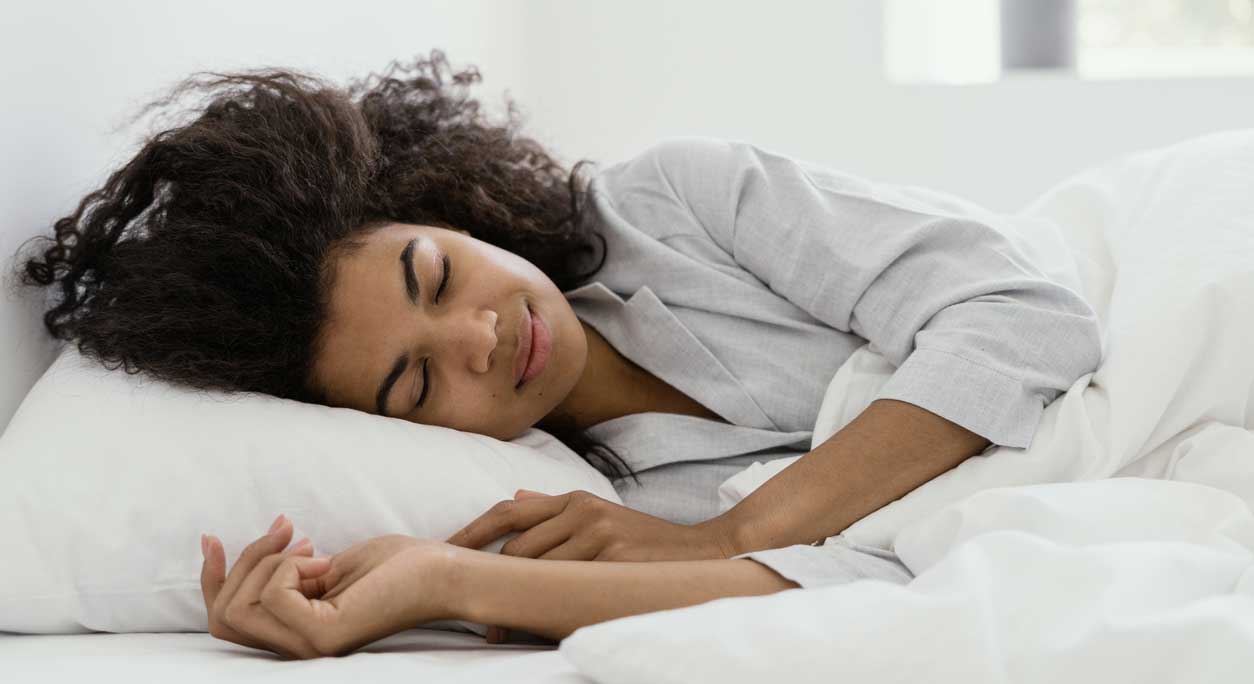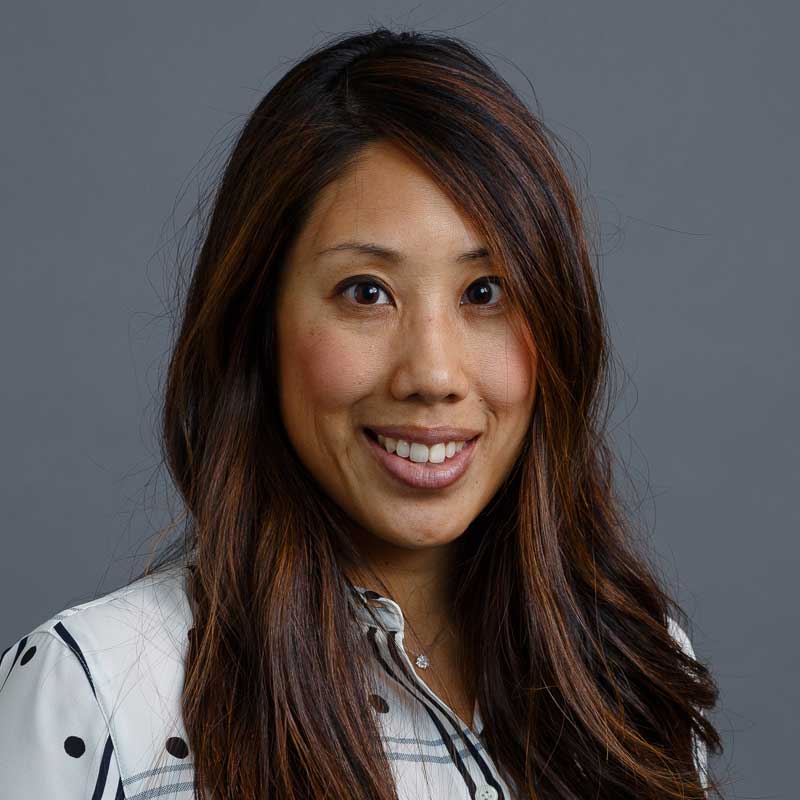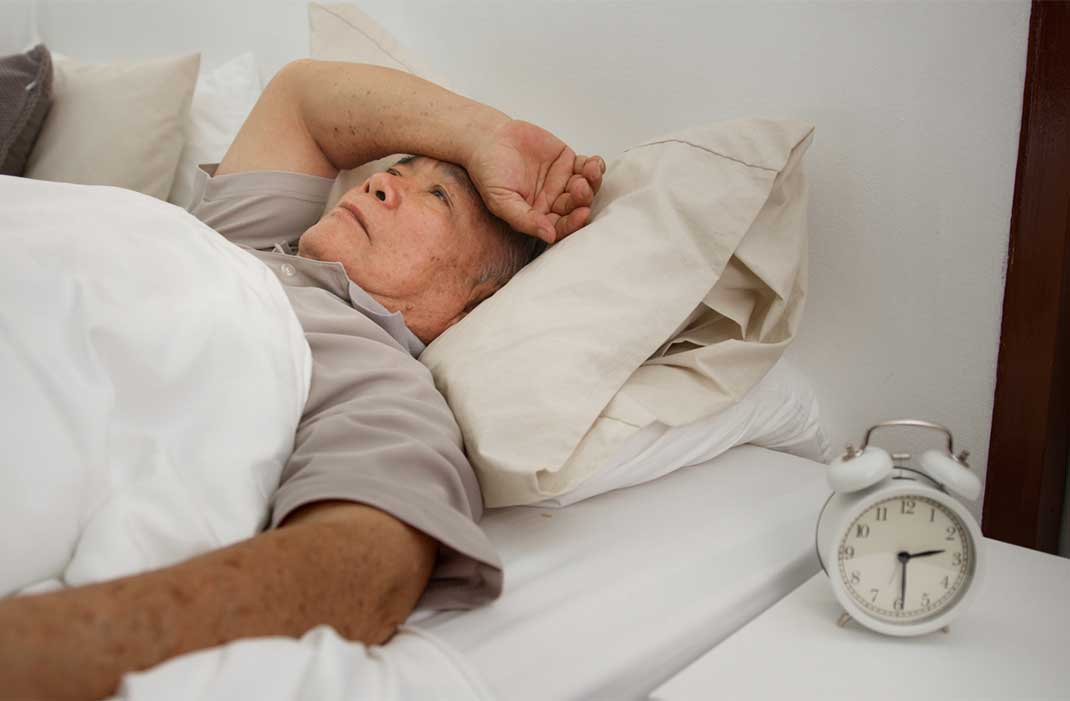-
- Find Care
-
- Visitor Information
- Find a Location
- Shuttles
- Visitor Policies
-
-
- Our Virtual Care Options
- Virtual Urgent Care
- Virtual Visits for Primary & Specialty Care
- Online Second Opinions
- Participate in Research
-
- Contact us
-
- For Innovators
- Commercialization Guide for Innovators
-
-
- Research News
- Alzheimer's Disease
- Artificial Intelligence
-
- Overview
-
- Overview
- Getting Started
- New to Mass General Brigham
- International Patient Services
- What Is Patient Gateway?
- Planning Your Visit
- Find a Doctor (opens link in new tab)
- Appointments
- Patient Resources
- Health & Wellness
- Flu, COVID-19, & RSV
- Billing & Insurance
- Financial Assistance
- Medicare and MassHealth ACOs
- Participate in Research
- Educational Resources
- Visitor Information
- Find a Location
- Shuttles
- Visitor Policies
- Find Care
-
- Overview
- Our Virtual Care Options
- Virtual Urgent Care
- Virtual Visits for Primary & Specialty Care
- Online Second Opinions
-
- Overview
- Participate in Research
-
- Overview
- About Innovation
- About
- Team
- News
- For Industry
- Venture Capital and Investments
- World Medical Innovation Forum (opens link in new tab)
- Featured Licensing Opportunities
- For Innovators
- Commercialization Guide for Innovators
- Contact us
-
- Overview
- Information for Researchers
- Compliance Office
- Research Cores
- Clinical Trials
- Advisory Services
- Featured Research
- Two Centuries of Breakthroughs
- Advances in Motion (opens link in new tab)
- Brigham on a Mission (opens link in new tab)
- Gene and Cell Therapy Institute
- Research News
- Alzheimer's Disease
- Artificial Intelligence
-
- Overview
-
- Overview
- Residency & fellowship programs
- Brigham and Women's Hospital
- Massachusetts General Hospital
- Mass Eye and Ear
- Newton-Wellesley Hospital
- Salem Hospital
- Integrated Mass General Brigham Programs
- Centers of Expertise
- Global & Community Health
- Health Policy & Management
- Healthcare Quality & Patient Safey
- Medical Education
- For trainees
- Prospective trainees
- Incoming trainees
- Current trainees
- Continuing Professional Development
Why Is Sleep Important?

According to the National Institutes of Health (NIH), 1 in 3 Americans fails to get the recommended amount of sleep necessary for protecting their health.
The problem is not unique to America. Karen Lee, MD, a Mass General Brigham sleep neurologist, says countless people worldwide regularly confront sleep disorders separating them from a good night’s rest.
“We’re all under-sleeping drastically,” says Dr. Lee, who cares for patients with sleep disorders at Mass Eye and Ear. “It’s an alarming trend that’s only expected to get worse.”
Reversing that trend, she explains, begins with understanding the importance of sleep and how easily people can disrupt it.
Why do you need sleep?
Sleep plays a crucial role in everyday life. It helps the body:
Store energy
Fight infection
Repair injuries
Grow (especially children)
Improve memory
Replenish brain and nerve functions
Clean waste
If you don’t get enough sleep, you may wake up groggy and feel angry or annoyed. Long-term sleep loss is also linked to:
How do you fall asleep?
Before you fall asleep, your internal temperature sinks to a certain threshold. Once the body reaches that threshold, the brain releases a hormone called melatonin. This hormone makes you feel drowsy and triggers sleep.
Everyone has a different temperature threshold. Wearing the right clothes, using comfortable bed sheets, and adjusting room temperatures can affect how quickly you reach it.
Sleep stages
During sleep, the brain cycles in and out of 4 stages. The first 3 stages are non-rapid eye movement (REM) sleep. The fourth stage of sleep is REM sleep. The brain goes through each stage 4 to 5 times each night. An entire cycle can last between 90 to 120 minutes.
Dr. Lee hears plenty of misconceptions about each stage. Some assume one stage is more important than the other, or that “deep sleep” is REM sleep. While neither is true, the body does act differently at each stage.
Non-REM sleep
Stages 1 and 2 of non-REM sleep: Light sleep. During periods of light sleep, the brain consolidates information into memory.
Stage 3 of non-REM sleep: Deep sleep, or slow wave sleep. Brain waves move slowest during deep sleep. Heart rate and blood pressure also plummet.
REM sleep
People mainly dream during REM sleep. When dreams occur, the body lays paralyzed. Only two body parts move: the diaphragm, which help the lungs breathe, and the eyes, which move rapidly back and forth beneath the eyelids.
How much sleep should you get?
A person’s age determines how much sleep they need. Children need a lot more sleep than adults. They depend on sleep for the release of several hormones essential for growth and development.
The National Sleep Foundation recommends at least 7 hours of non-interrupted sleep a day for adults. The foundation recommends varying amounts for children:
Age |
Recommended hours of sleep |
|---|---|
Newborn (0 to 3 months) |
14 to 17 |
Infant (4 to 11 months) |
12 to 15 |
Toddler (1 to 2 years) |
11 to 14 |
Pre-school (3 to 5 years) |
10 to 13 |
School age (6 to 13 years) |
9 to 11 |
Teen (14 to 17 years) |
8 to 10 |
Young adult (18 to 25 years) |
7 to 9 |
Adult (26 to 64 years) |
7 to 9 |
Older adult (65+ years) |
7 to 8 |
Sleep disorders
Sleep disorders interfere with a person’s ability to fall asleep, stay asleep, and their behaviors during sleep. Some affect the brain, the airway, or both.
A few major sleep disorders include:
Insomnia: The inability to fall asleep, stay asleep, or return to sleep after waking up too early
Sleep apnea: Unusual or complete pauses in breathing during sleep
Narcolepsy: Sudden and excessive sleepiness during the day
Restless leg syndrome: Unpleasant sensations in the leg that prevent someone from falling or staying asleep
While experts dispute the exact causes of these disorders, irregular behaviors can play a major role in most.
How is a sleep disorder diagnosed?
How is sleep disrupted?
Everyone has internal clocks known as circadian rhythms. These rhythms dictate how and when specific cells, tissues, or organs interact. The physical, mental, and behavioral changes you experience throughout an ordinary day all follow constant rhythms.
Disrupting these rhythms disrupts sleep. A few common disruptions include:
Bedtime changes
Your wake up time and bedtime can interfere with internal clocks, especially when traveling between time zones or during daylight savings. Despite the time changing on a clock, the body’s clock stays the same. If you normally fall asleep at 9 p.m. and travel to a time zone 3 hours behind, you may notice yourself yawning and your eyelids shutting at 6 p.m.
Social jet lag occurs among people who regularly change their social and work schedules. If you sleep from 9 p.m. to 5 a.m. Monday through Friday, but fall asleep at 1 a.m. and wake up at 10 a.m. on Saturday and Sunday, you may experience the same symptoms as someone boarding a cross-country flight.
“You see this a lot among young adults with crazy work schedules or active social lives,” says Dr. Lee. “It’s really the same as flying back and forth from Los Angeles to New York every week.”
Unfamiliar environments
Sleep environments affect how you fall, and stay, asleep. For example, those who live in rural areas might struggle to sleep in a city. They may need sound machines to block out unfamiliar noises from busy traffic and loud neighbors.
Bringing unusual habits into a bedroom can trigger a similar effect. People who eat and work in their bed may begin to associate this space less and less with sleep. Dr. Lee recommends keeping the bed sacred; it should be a place for rest and relaxation.
Daylight
Sunlight can trigger when a person:
Releases hormones
Digests food
Experiences higher or lower body temperature
Each, in turn, can impact a person’s ability to sleep.
In places further away from the equator, people must adjust to dramatic daylight changes throughout the year. During the winter, sunlight might last only a few hours during the day. Likewise, summertime might afford a few hours of darkness.
Blackout curtains and special UV lights can help accommodate longer and shorter days, helping to preserve internal clocks.
Can sedative medications cure sleep disorders?
Dr. Lee cautions people from relying on medications to treat sleep disorders, like insomnia. These medications, called hypnotics or sleep aids, are meant to be temporary fixes to short-term sleep issues. People might need the medication to cope with sudden grief or depression. Unfortunately, the medications will not treat the source of sleeplessness.
“You’re just going to keep refilling and taking the medication because the issue causing insomnia still hasn’t been addressed,” she adds.
If anything, these medications can lead to severe health risks when used long term. Research has associated long-term use with issues related to brain function — not just grogginess — during the day, as well as dementia.
Cognitive-behavioral therapy for insomnia (CBT-I) is typically the first line of defense for people struggling to fall asleep. During CBT-I, patients learn to recognize, and consciously change, habitual responses to harmful behaviors.
Can sleep devices diagnose sleep disorders?
Consumer sleep products have soared in popularity. Smartphones and wearable devices, such as watches and rings, attempt to measure oxygen levels and heart rate during sleep. Access to this data poses its own risk. Patients can mistakenly use the products to diagnose themselves with a sleep condition, instead of seeing a sleep doctor.
According to Dr. Lee, patients might think that, just because a product is on the market, it must be validated and reliable. The reality: The Food and Drug Administration (FDA) has not approved many of these products. They are usually categorized as lifestyle or entertainment devices.
Data from consumer sleep products pales in comparison to data gathered from a sleep study, which sleep doctors use to diagnose sleep disorders. Consumer products usually rely on artificial intelligence (AI) to indirectly record data. Different products also use different sensors, which can lead to variable results, especially when measuring how many times a person wakes up during the night.
“I take the data [from consumer sleep products] with a grain of salt,” says Dr. Lee. “It can give patients more awareness of their sleep, but they often don’t need the device to monitor what time they’re going to bed and waking up in the morning. However, I always try to listen to what data they collect, as it may provide more information that could be helpful in the bigger picture.”
Sleep diaries, she adds, can serve the same purpose.
Healthy sleep habits
People with a sleep disorder often benefit from a transitional period referred to as a “buffer zone.”
Buffer zones usually occur between 30 to 60 minutes before bed. During this period, people focus on winding down and avoid overly engaging activities. They might dim their lights or read a book instead of playing a video game, working out, or talking over the phone. Even if you don’t have a sleep disorder, these habits can help you get a good night’s sleep:
Follow the recommended sleep hours for your age group.
Keep a consistent bedtime and risetime every day.
Maintain a familiar sleep environment.
Dr. Lee says these practices can drastically affect how a person feels the next day and their health years later.
After all, what better way to prepare for tomorrow than by starting the night before?

